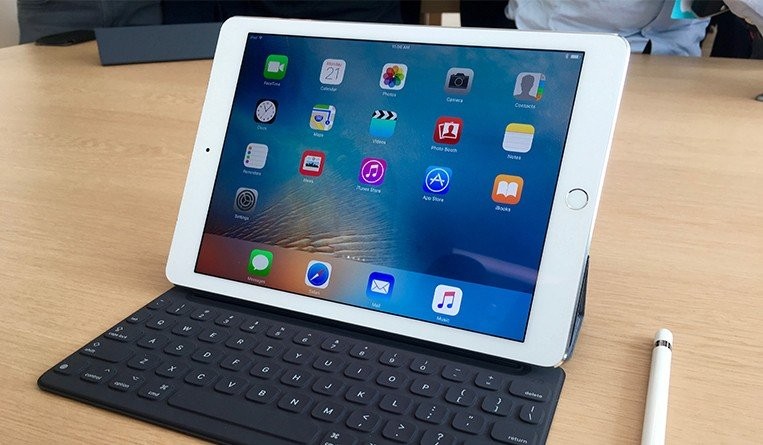A design patent application is subject to substantive examination in Taiwan. Putting it differently, after the design patent application has entered the examination stage, the Taiwan Intellectual Property Office (TIPO) conducts the examinations on the patentability, i.e., novelty and creativeness of the claimed designs.
During such substantive examination on the patentability of the claimed design, TIPO first identifies the ornamental features and purely functional features of the claimed design. The identified purely functional features are then excluded from the comparisons of the claimed design and prior arts. According to the Patent Examination Guidelines published by TIPO, the designs of the configurations, functions and dimensions of the products usually pertain to purely functional features, even though the features are visible and presented on the appearances of the products; and such features should not be taken into the comparisons of the claimed designs and the prior art disclosures.
A recent judgment of the Intellectual Property Court further confirmed the guidelines for identifying the purely functional features of a design. The design patent applicant, Apple Inc., filed a design patent application directed to the design of an iPad in Taiwan. TIPO rejected the application on the grounds that the claimed design does not possess novelty. TIPO pointed out that the features presented on the rear side of the iPad are purely functional features and should not be taken into consideration for the examination of the novelty of the claimed design. The IP Court disagreed with TIPO and held that the components on the rear side of the iPad may be functional in some aspects; however, the plaintiff has proved that the designs of the components on the rear side of the iPad may have different shapes and designs and are not purely functional. The iPad designers may optionally use the electronic devices having the rear sides with different shapes and appearances such that the electronic device may be assembled with other assemblies; and such assembled devices still have the same functions. Therefore, the IP Court held that the shapes of the components of the rear side of the iPad are only some of the options among many designs. The components of the rear side of the iPad are not just must-fit components with another product so that the iPad or the product may perform its function.
The IP Court further explained that in deciding whether a feature of design is purely functional, except for the functions of the features, the examiner should also consider whether the feature is ornamental and creates a different visual effect for the overall look of the product. If the feature can create a different visual effect for the overall appearance of the product, then it is not a purely functional feature.
According to the IP Court, the examination of the novelty of a design patent application should be through comparing the overall appearance of the claimed design and the corresponding contents disclosed in the prior arts, and each of the features should not be neglected. Regarding the components with certain functions, the influences of the designs of the components on the overall appearances of the products should be considered. If such designs create different visual effects for the appearances of the products, the design is not purely functional and should be included in the comparison of the claimed design and the prior arts. Moreover, if an alternative design exists, the design is not purely functional.
The foregoing judgment of the IP Court provides clearer guidelines for deciding a purely functional feature of a design. However, applicants of design patent applications can easily overcome the novelty issues raised by TIPO by altering the designs of the components.









